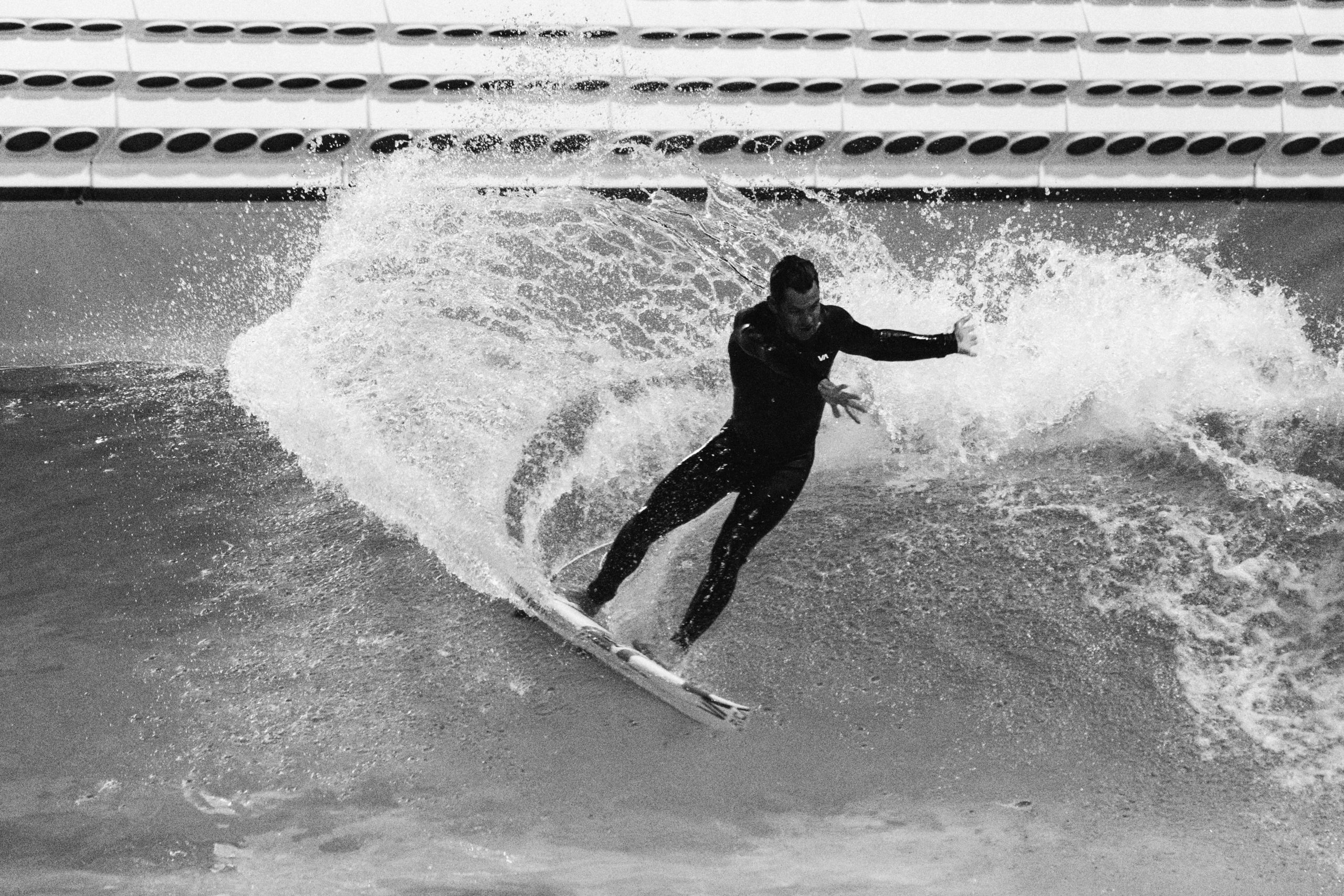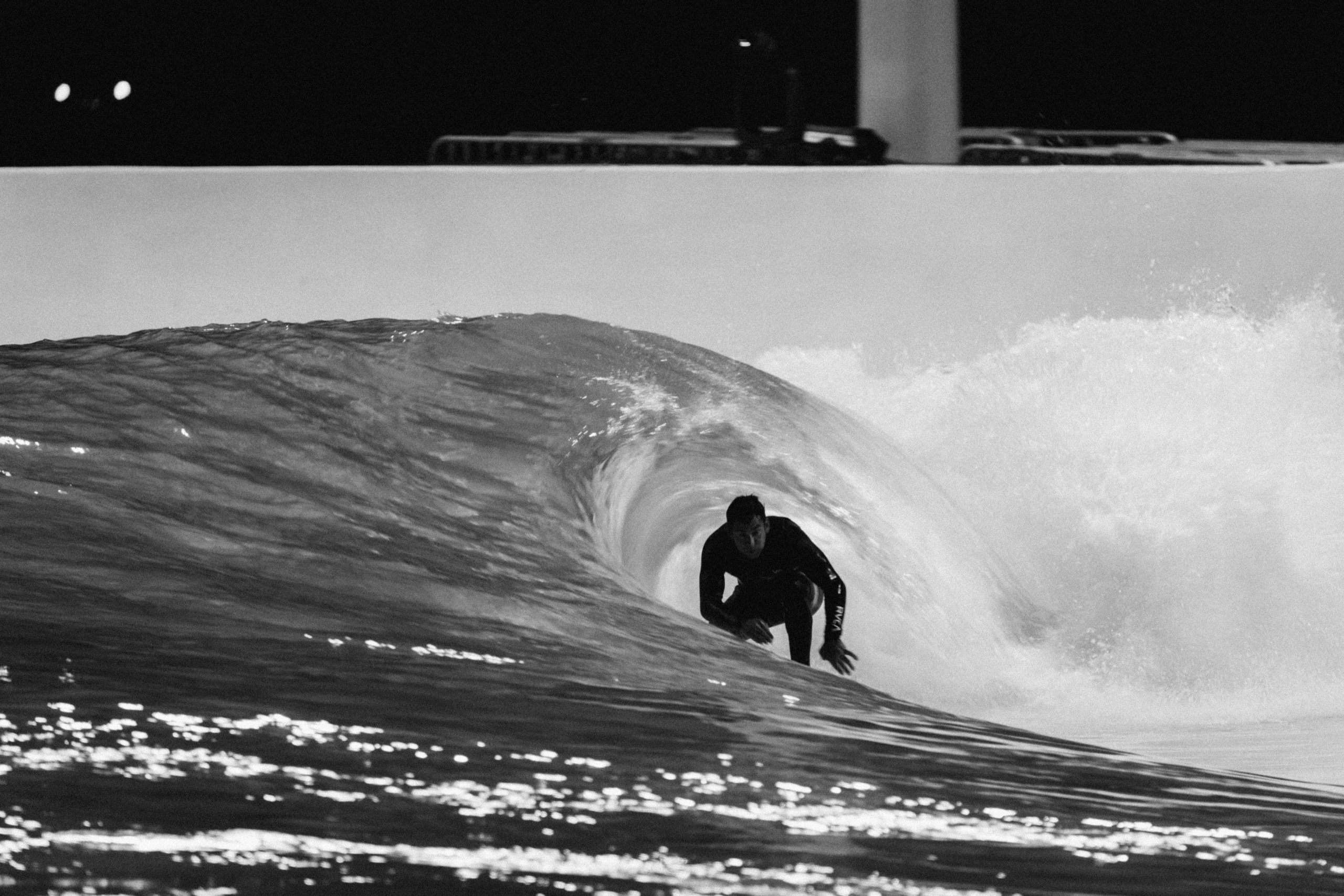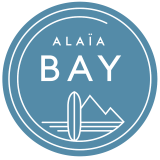Can Wave Pools Replace The Ocean?
Can Wave Pools Replace The Ocean?
Not too long ago, the idea of surfing a perfect wave without an ocean in sight seemed almost absurd. The magic of surfing has always been tied to nature: waiting for the right swell, reading the tides, and adapting to the unpredictability of the sea. So when wave pools started gaining traction, they weren’t just met with excitement but also a fair share of skepticism.
How could a machine possibly recreate the raw, ever-changing energy of the ocean? Could surfers truly connect with an artificial wave the same way they do with the sea? And more importantly, could surf parks ever become a real training ground for those looking to push their skills to the next level?
Overcoming Doubts: How Surf Parks Won Surfers Over
At first, many purists saw wave pools as a gimmick—fun, sure, but not a replacement for the ocean. Fast forward to today, and they’ve become an undeniable part of the surf world.
“The repetition of maneuvers becomes much easier because the wave is always the same,” says Patrick Beven, former pro surfer and renowned coach. “Being able to tweak the wave helps a lot to see how moves perform in different conditions, whether the waves are weak, choppy, or fast. Working on specific maneuvers, like aerials, really makes a big difference.”
This level of precision and repetition is something the ocean simply doesn’t allow. In the water, you can wait 30 minutes for the right wave—if it even comes. In a wave pool, you can surf the same wave over and over, fine-tuning every movement until it’s locked into muscle memory.
Even the best surfers in the world see the advantage. “Many professional surfers have been training in pools in recent years, surfers like Italo Ferreira and Gabriel Medina, for example,” says Patrick. And when some of the most progressive surfers in the game are using wave pools to sharpen their skills, it’s clear this isn’t just a passing trend.
 (Pat Beven surfant la session expert à Alaïa Bay. Photo: Carles Medina)
(Pat Beven surfant la session expert à Alaïa Bay. Photo: Carles Medina)
The Rise of Surf Parks in Surf Training
So, what makes wave pools such an effective training tool?
For beginners, it’s about accessibility. Learning to surf in the ocean comes with a steep learning curve—dealing with tides, currents, and the sheer unpredictability of the waves can be overwhelming. A wave pool strips away those barriers, allowing new surfers to focus on the basics: paddling, popping up, and riding a wave. All without the stress of the elements.
“I believe that technical evolution will be much faster than in the ocean; paddling and the takeoff (pop-up) will be faster and more efficient for ocean surfing,” Patrick explains.
By starting in a wave pool, beginners build confidence before they even touch saltwater, making the transition to the ocean much smoother.
For advanced surfers, the benefits are just as clear. Whether it’s perfecting an air, dialling in rail work, or landing a trick that usually takes dozens of attempts in the ocean, wave pools provide a controlled environment to push progression.
“There’s no forecast. The pool is always the same, and that’s very important because it is the same for everyone. It’s easier to put on a show with top surfers,” says Patrick.
And that predictability? It’s changing how competitions and surf showcases are structured, allowing for head-to-head battles on identical waves, where skills only determine the outcome rather than wave selection.
More Waves, Less Hassle
Crowds have always been a part of surfing, but these days, finding an empty lineup feels like winning the lottery. Whether it’s a weekend session at your local break or a bucket-list surf trip, you’re often battling for waves, dodging drop-ins, and squeezing into tight takeoff zones.
At a surf park, there’s no need to hassle for a wave—you queue up, and when it’s your turn, that wave is yours. No one burning you, no one snaking.
The wave count difference for an intermediate surfer is massive, going from a lucky few waves per hour in the ocean to a guaranteed 12 to 24 waves in the pool. That kind of consistency doesn’t just make for a better session—it accelerates progression in a way that’s hard to match in the wild.
 (Pat Beven surfant une session de nuit à Alaïa Bay. Photo:Carles Medina)
(Pat Beven surfant une session de nuit à Alaïa Bay. Photo:Carles Medina)
Surf Parks: The Future of Surfing?
There was a time when if you didn’t grow up by the coast, becoming a surfer was almost impossible. Now, with wave pools popping up worldwide, the sport is more accessible than ever. You don’t have to wait for a surf trip, you can train year-round, no matter where you live.
And this is just the beginning.
“I think we’re roughly at that stage already. 10 years ago, there were only a few pools; today, you even see private setups in people’s backyards. Just imagine what it will be like in another 10 years!” says Patrick.
At Alaïa Bay, surfers can catch wave after wave, fine-tune their technique, and build confidence so when they do paddle out into the ocean, they’re more prepared than ever.
So, can surf parks replace the ocean? Of course not. They’re a plus, like a gym.
But they’re changing the game, and that’s something no surfer, beginner or pro, can ignore.
Ready to see for yourself? Book your session at Alaïa Bay and experience the future of surfing firsthand. Whether you’re here to learn, train, or just have fun, perfect waves are waiting.





